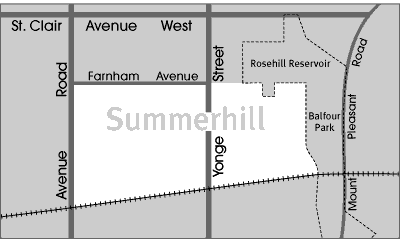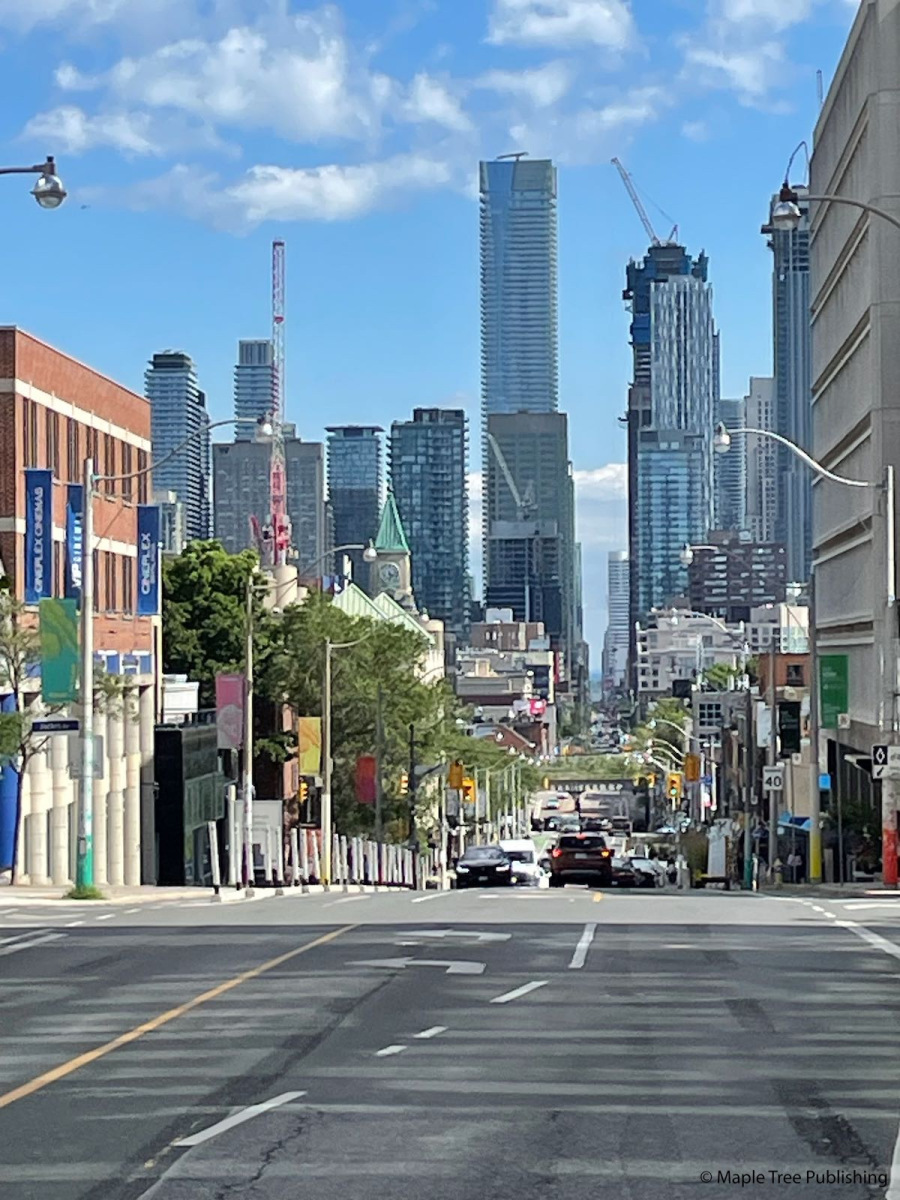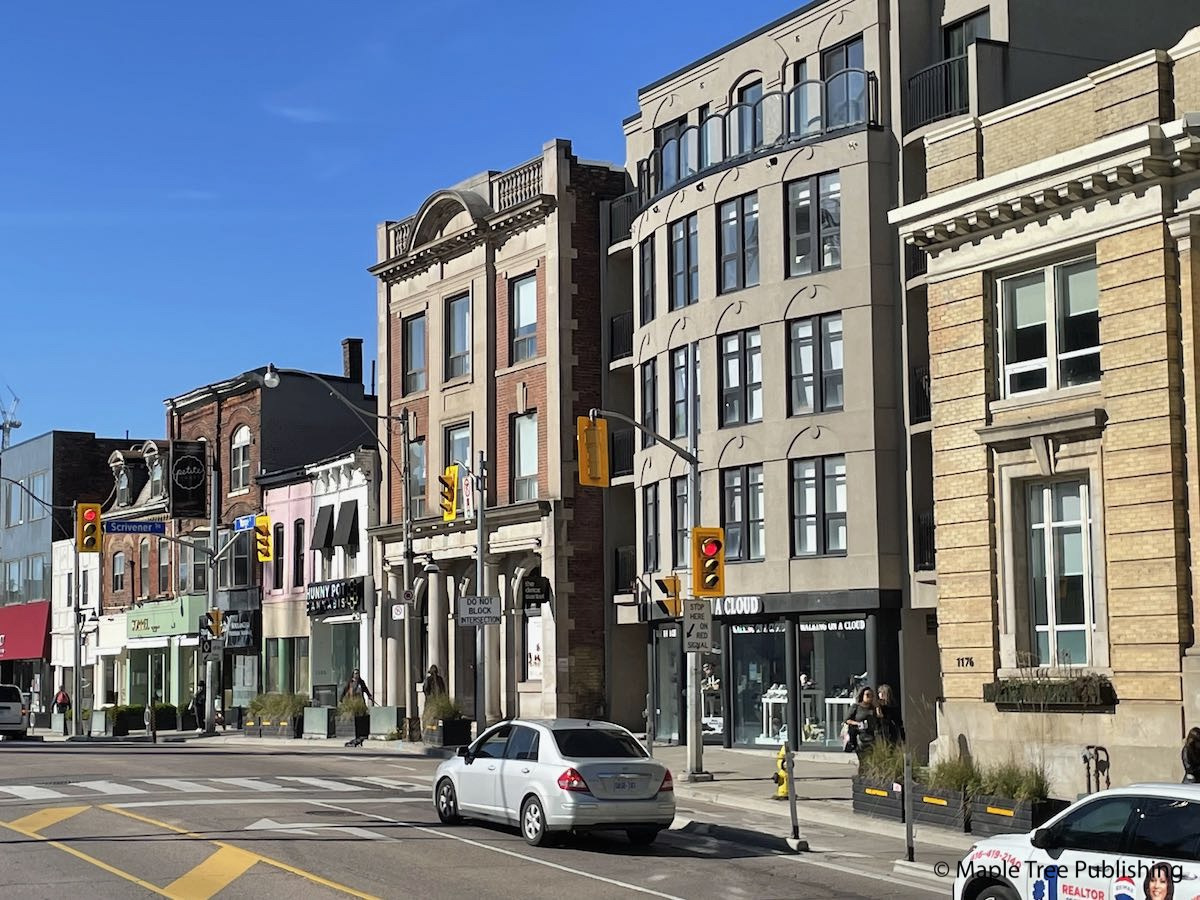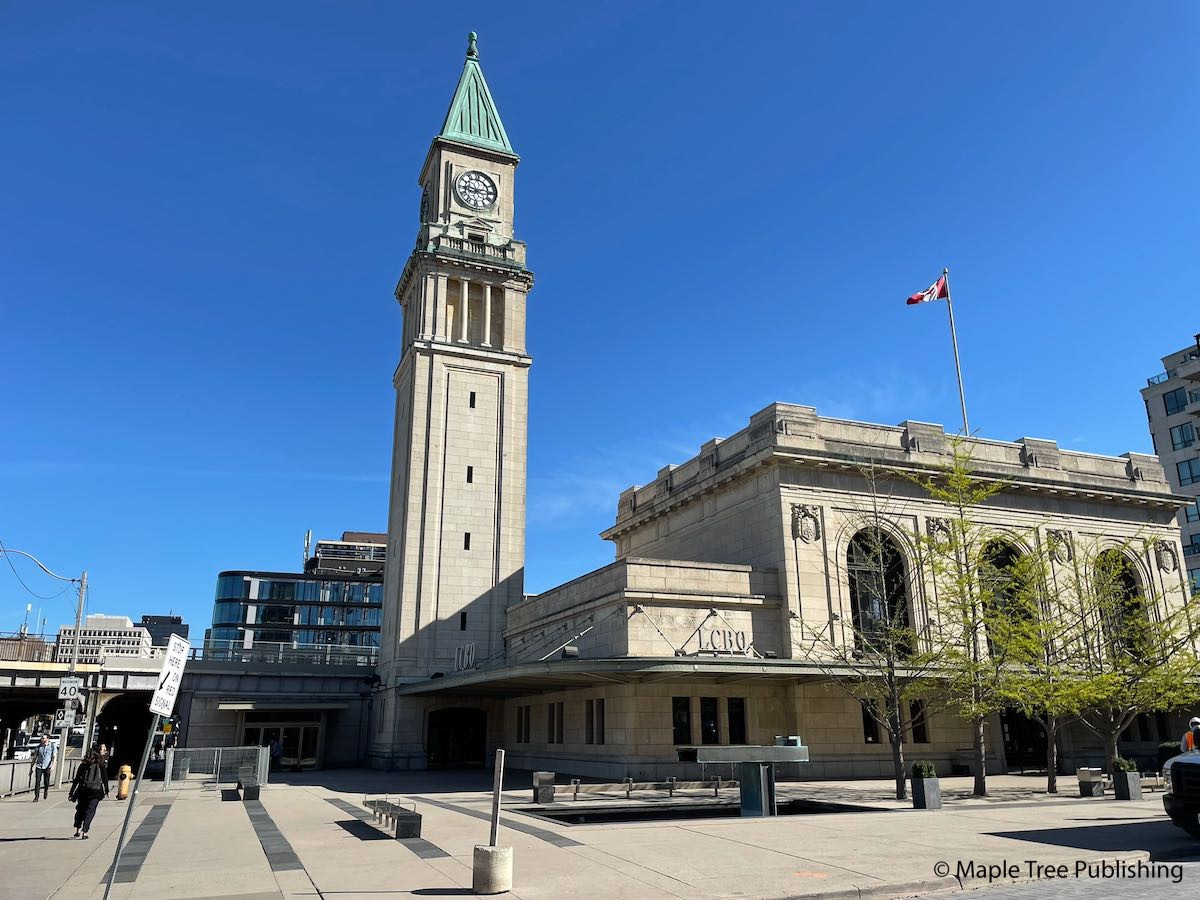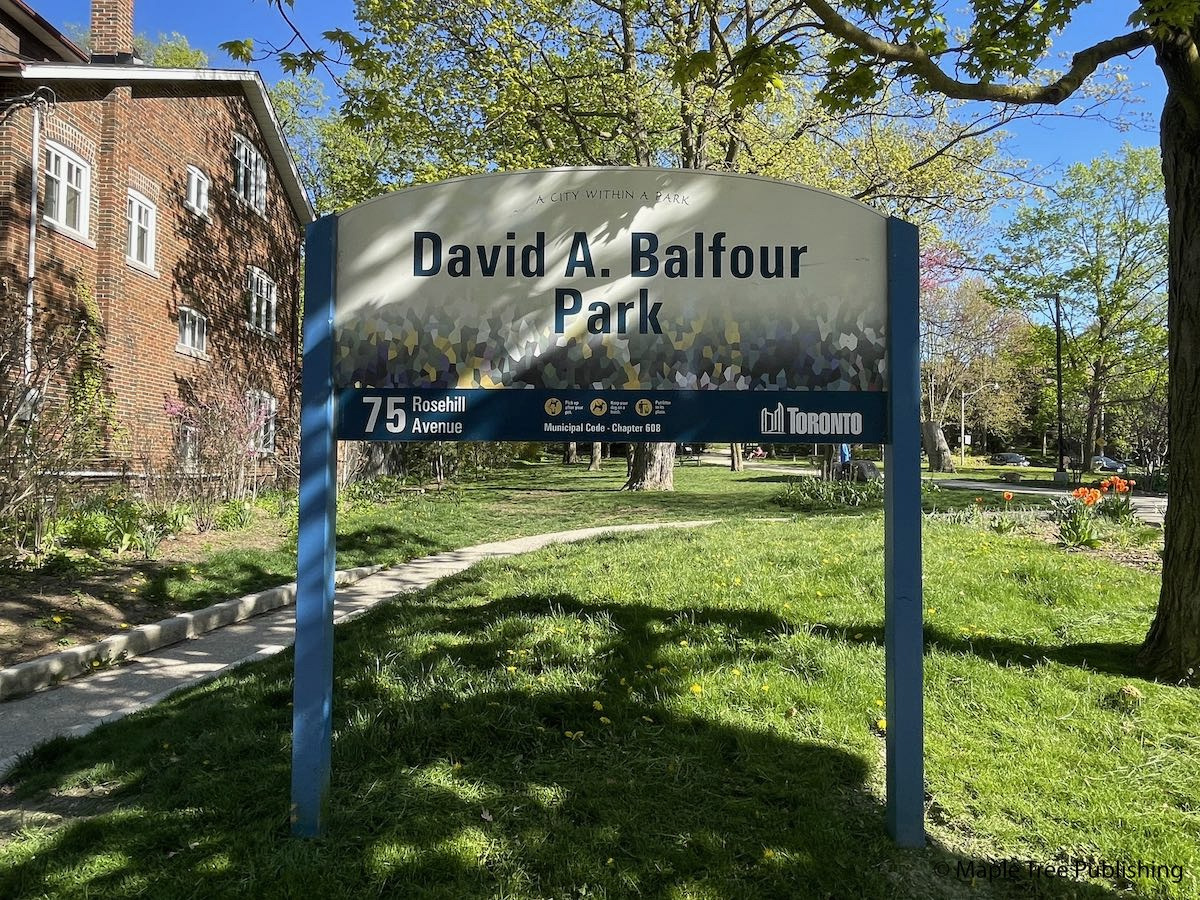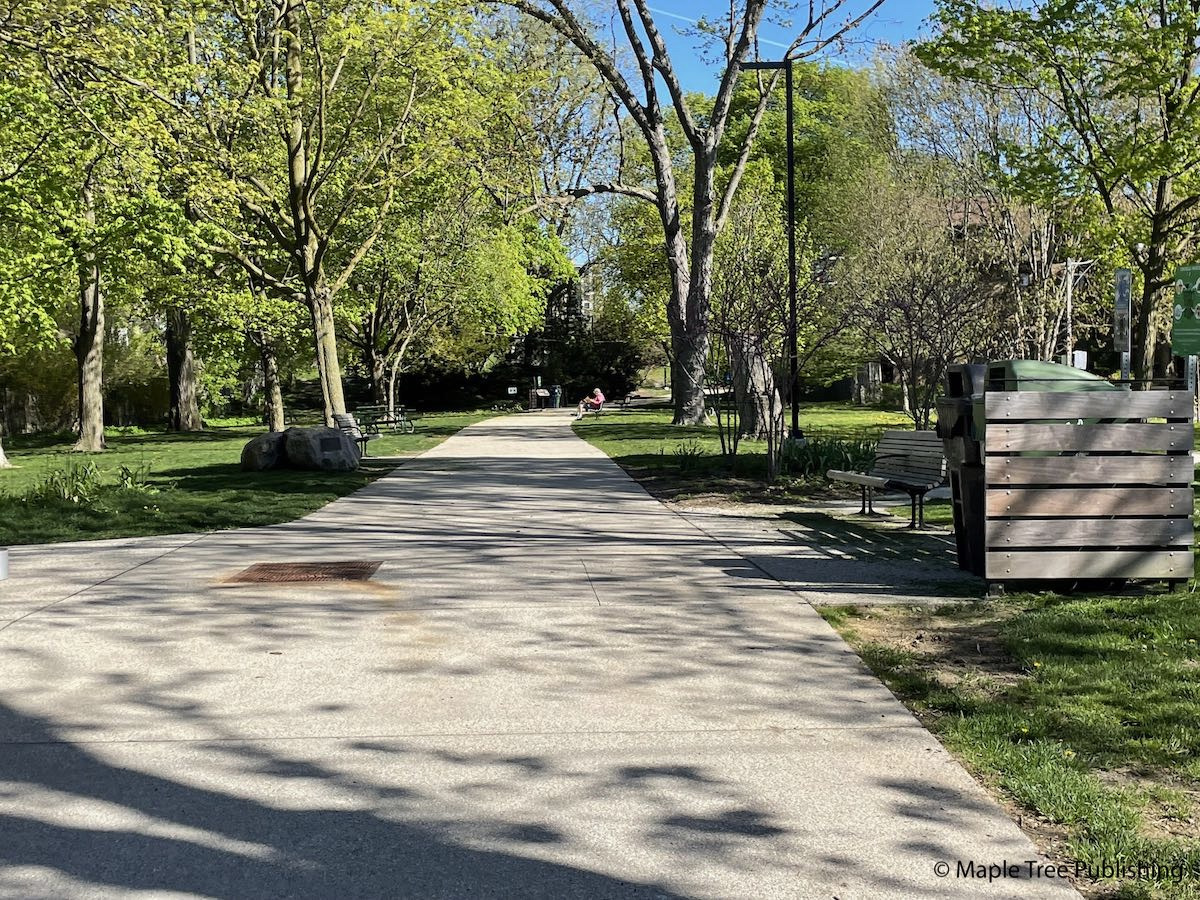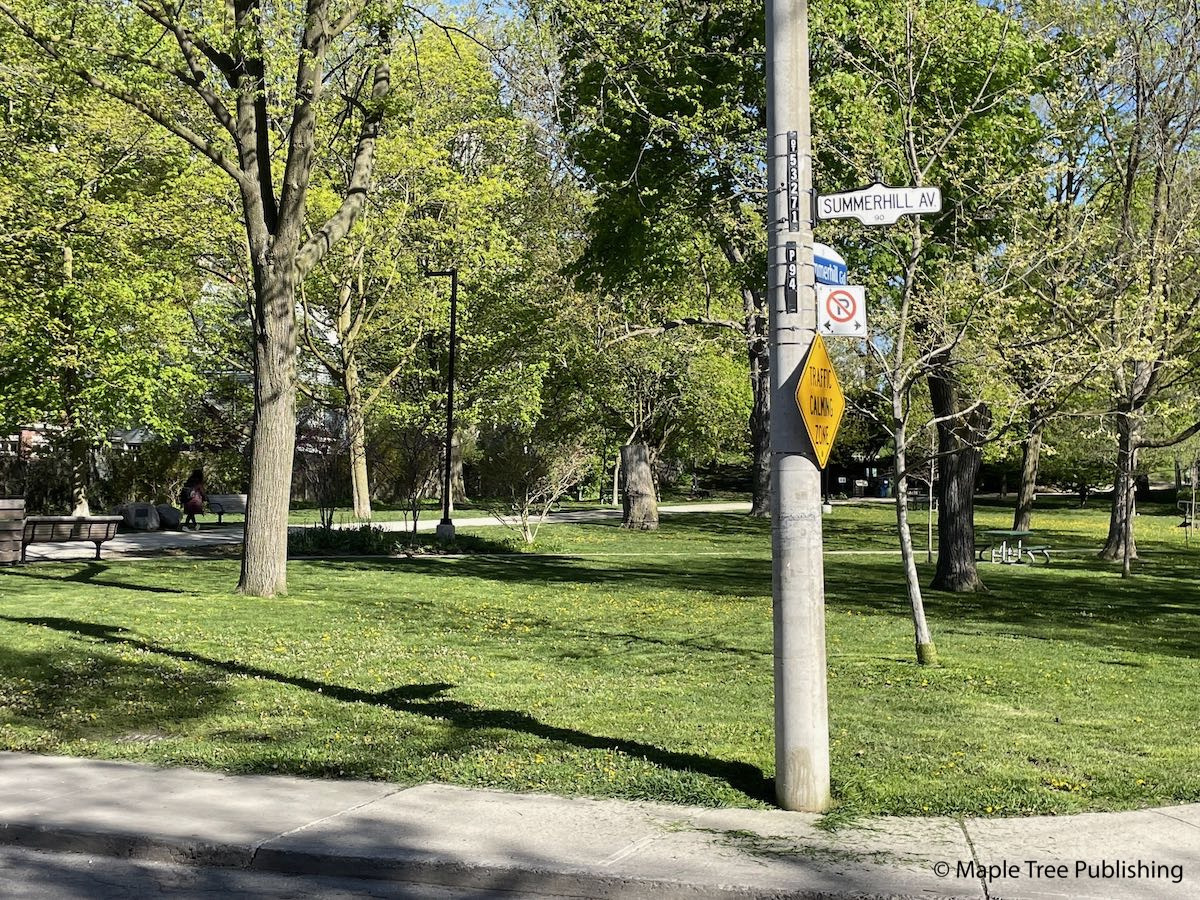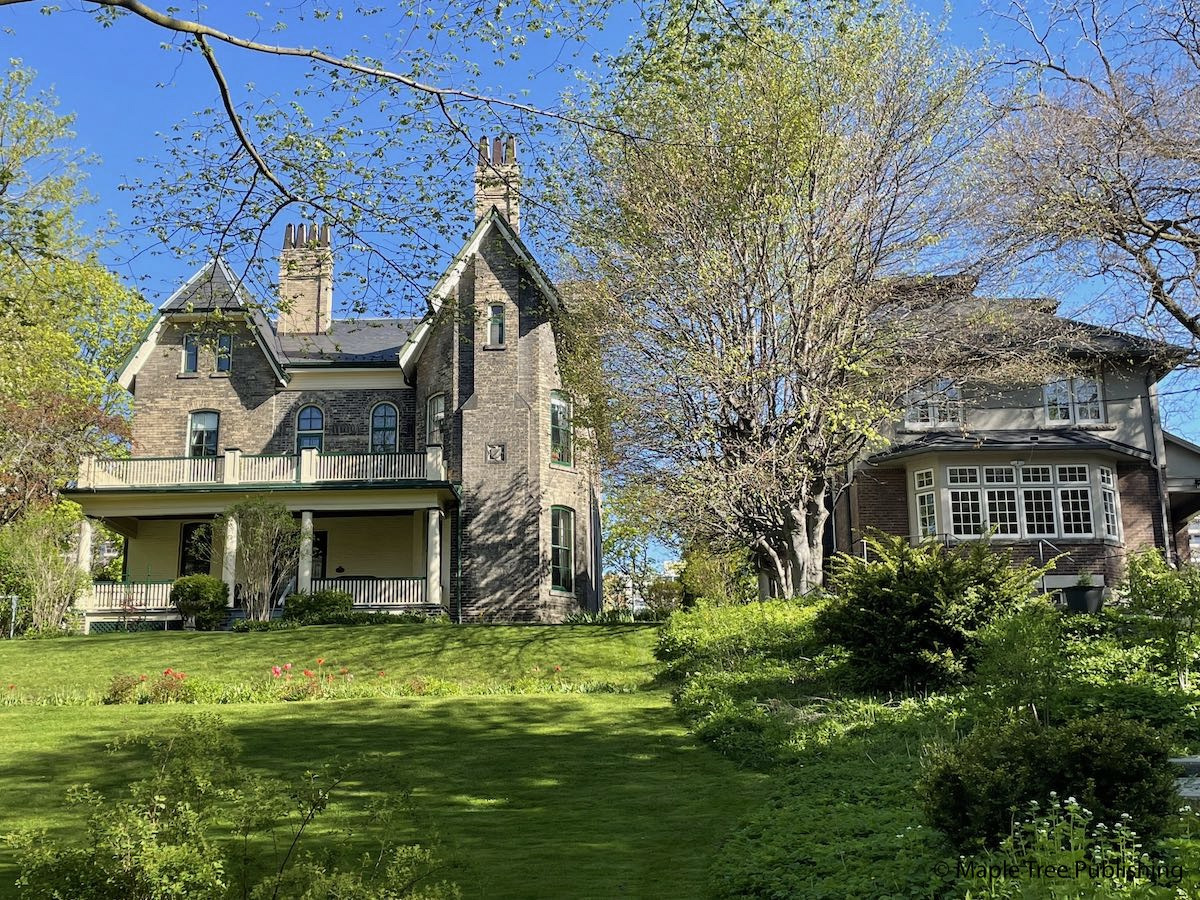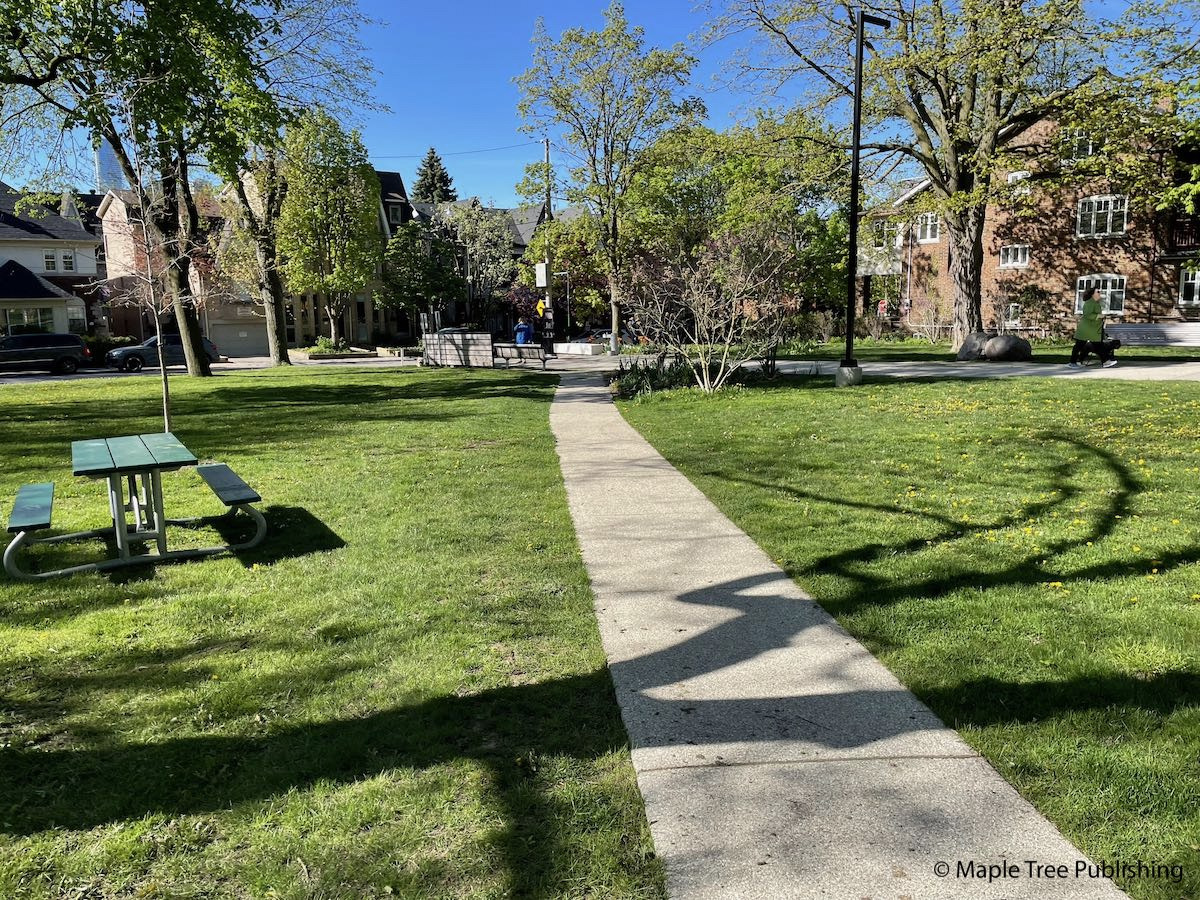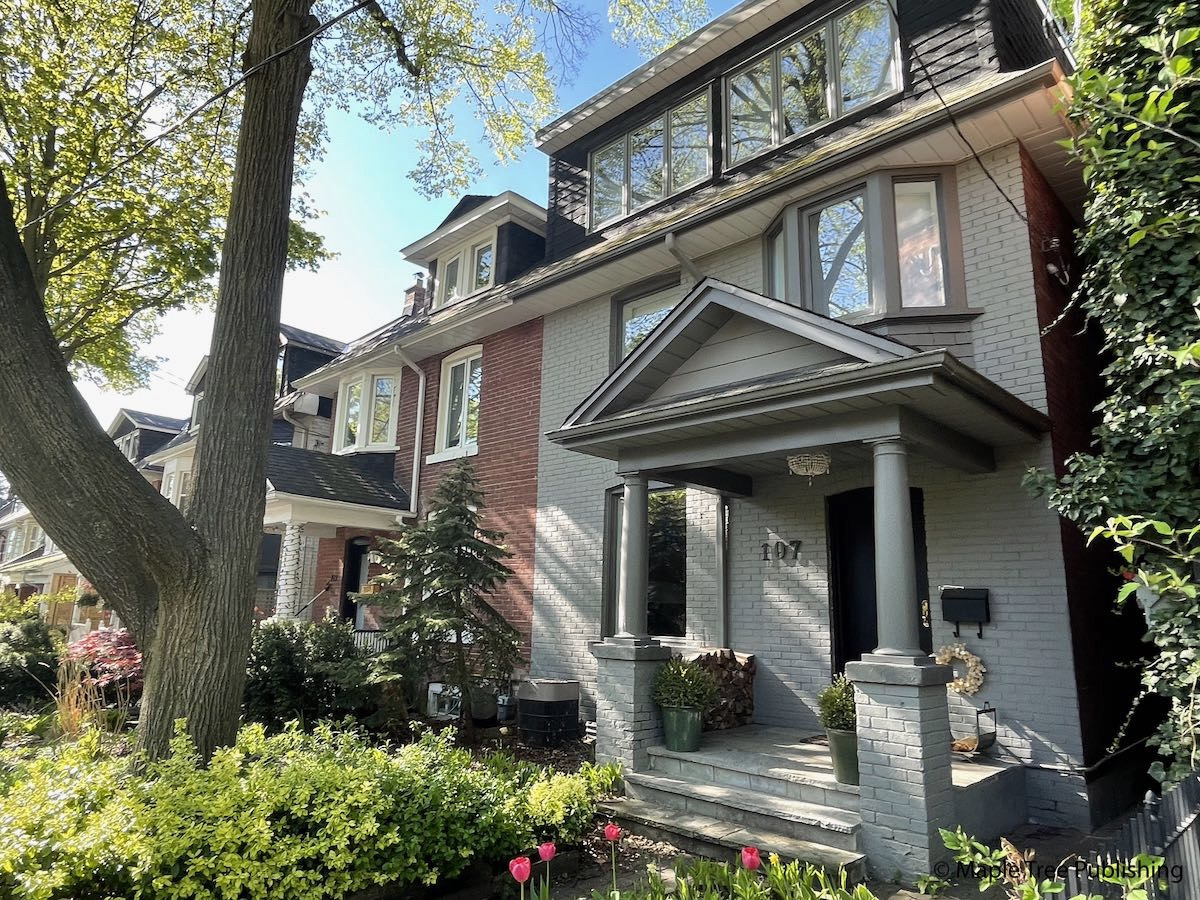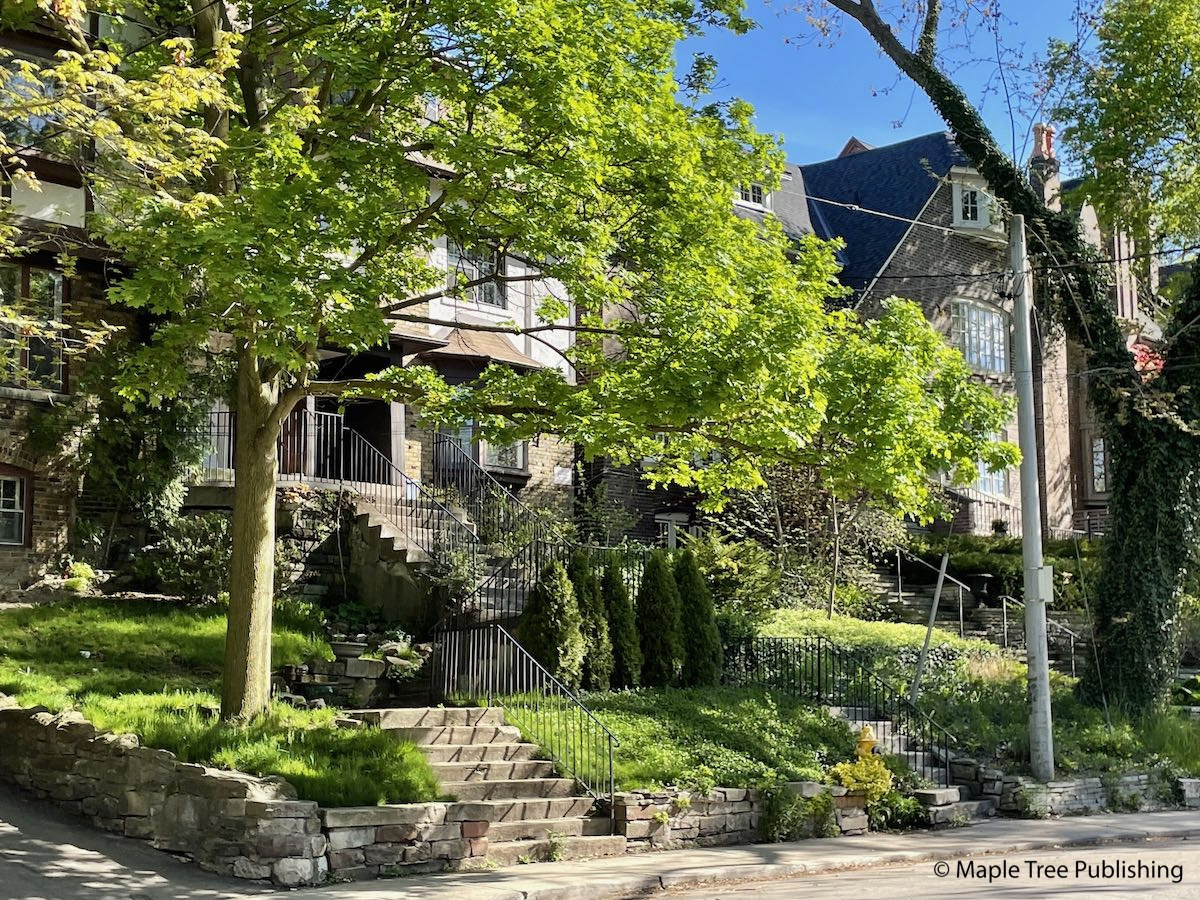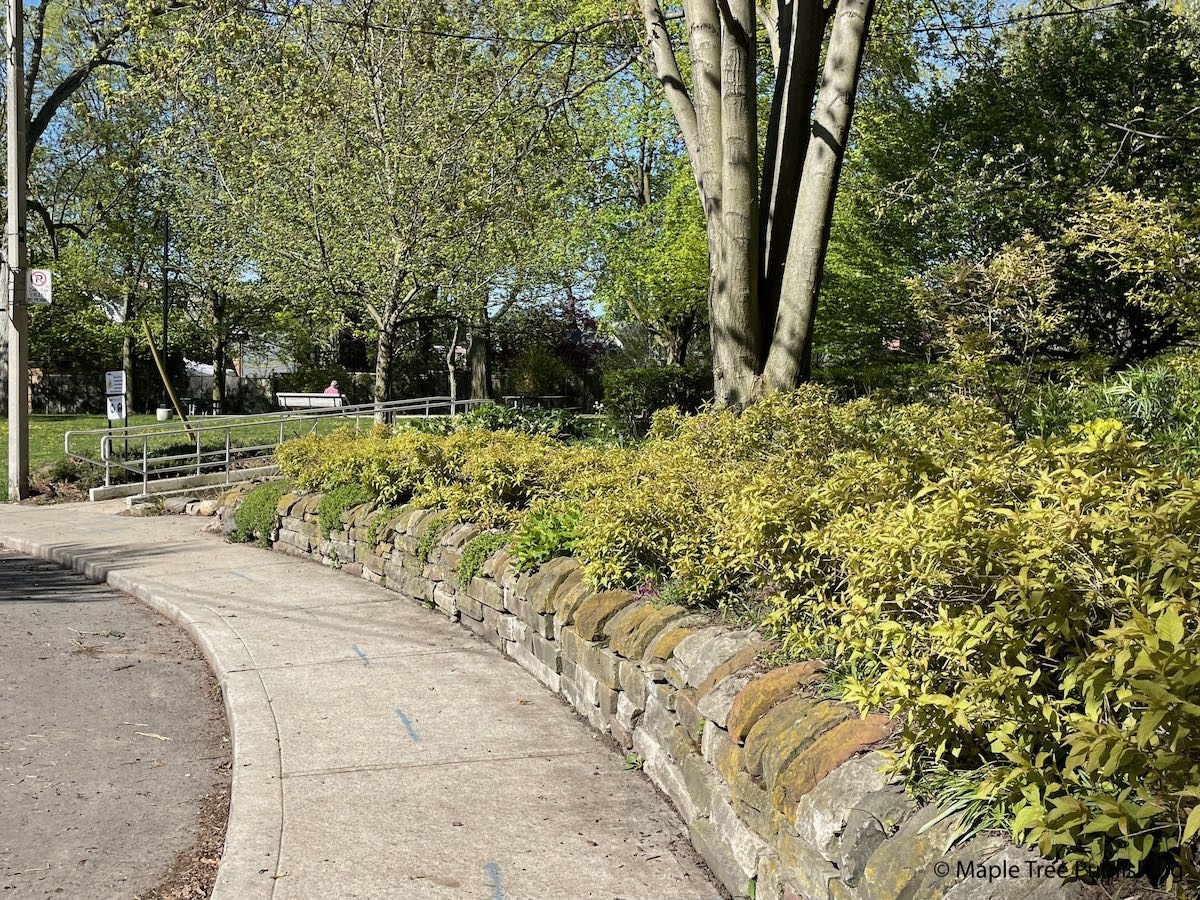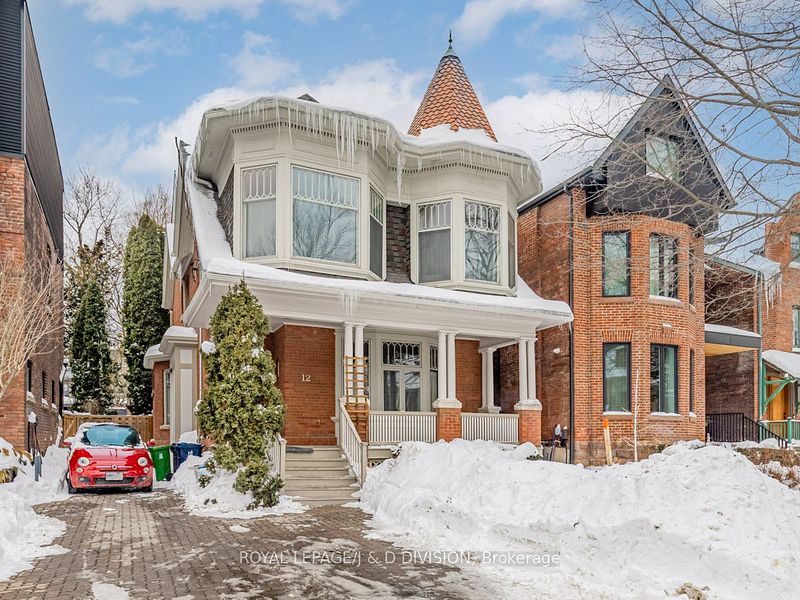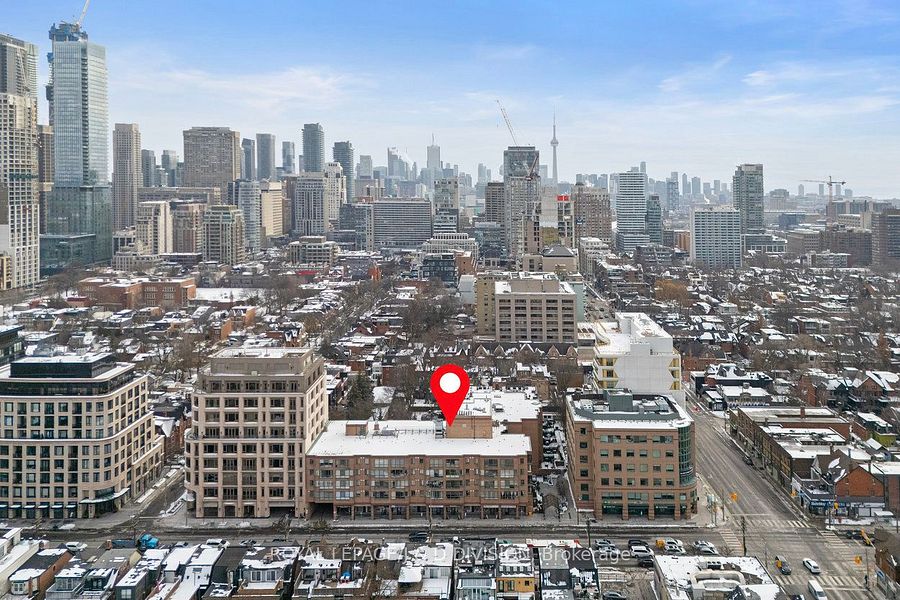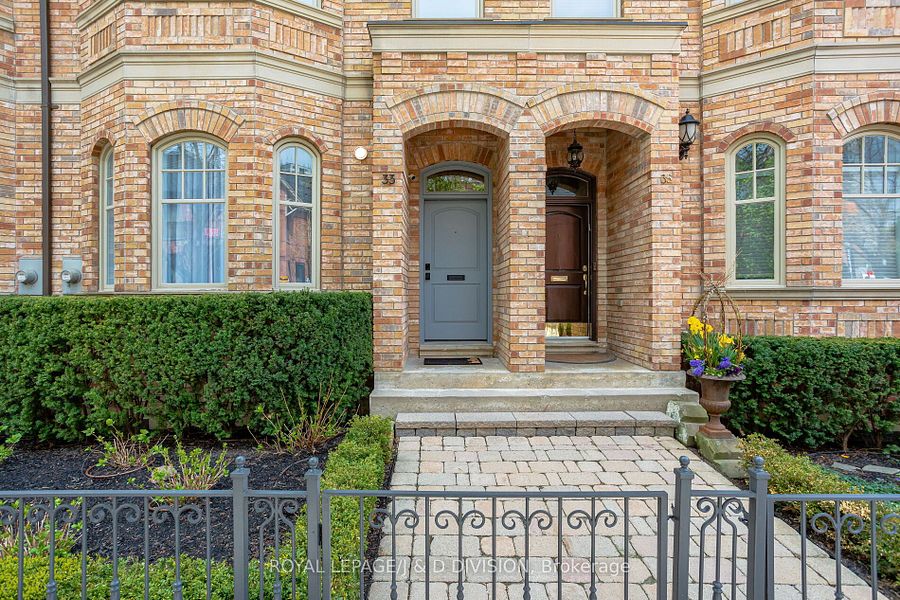Summerhill
History:
The Summerhill neighbourhood is named after ‘Summer Hill’ house, a magnificent Regency cottage built in 1842, by transportation baron Charles Thompson. Summer Hill stood on the crest of the hill on what is now a pretty residential street known as Summerhill Gardens. Thompson’s two hundred acre Summer Hill estate stretched from the present day Yonge Street to Mt. Pleasant Road. On this site Thompson established the ‘Summer Hill Spring Park and Pleasure Grounds’. This amusement park featured rides, games, swimming and a popular dance pavilion that was located inside the Summer Hill house. In 1866 the Summer Hill property was bought by Larratt William Smith, an esteemed lawyer and businessman. Smith turned Summer Hill into a private estate for his large family. The Summerhill neighbourhood was annexed by the City in 1903. Two years later Smith would pass away and in 1911 with the City encroaching at its doorstep Smith’s heirs sold Summer Hill to land developers. It was the end of an era. Prior to the 1910s the only houses in this neighbourhood other than the Summer Hill estate itself were the Victorian row houses and labourers cottages at the south end of the neighbourhood near the railway tracks. These homes housed the workers at the North Toronto Railway station which was the prime passenger railway terminus in Toronto at the time. In 1929 the North Toronto station was replaced by Union Station as the main terminus for the City. However; the railway would continue to play an important role in Summerhill’s history. In 1954 Summerhill became a designated station on the Yonge Street subway line and in 2003 the North Toronto railway station with its distinguished clock tower and magnificent architecture was refurbished and brought back to life as one of the largest liquor stores in Canada. Ed. Note: The former Summer Hill Coach House, circa 1865, is still standing today, at the rear of 36 Summerhill Gardens. This house with its distinctive slate roof can be seen from the south end of the Rosehill Reservoir.
Overview:
Summerhill’s turn of the century houses, winding tree-lined streets, and abundance of parkland have made it one of Toronto’s most preferred neighbourhoods. It is conveniently located along the Yonge Street corridor, providing Summerhill residents with easy access to Toronto’s downtown business and entertainment districts.
Lifestyle:
Summerhill residents are within walking distance of the many fine shops and restaurants centred around Yonge Street and Summerhill Avenue.
The Bloor-Yorkville and Yonge and St. Clair shopping districts are also easily accessed from the Summerhill neighbourhood.
Homes:
Summerhill’s original housing stock consists of semi-detached and detached Victorian houses, and detached Edwardian style houses, built between 1880 and 1915. Many of these houses do not include driveways, however permit street parking is available from the city for a nominal annual fee. Summerhill also contains a large number of modern townhouses, and a handful of low-rise luxury condominium apartment buildings, built mostly in the 1980’s and 1990’s.
Recreation:
The Rosehill Reservoir Park is located east of Yonge Street, with access from Summerhill Gardens. The lower portion of this park features a foot path that is used by walkers, joggers, and cyclists. The north-east corner of this path leads to the David A. Balfour Park, a nature trail that winds through the Vale of Avoca Ravine. The upper portion of the Rosehill Reservoir Park includes a childrenÍs playground, a wading pool, a waterfall, and reflecting pools. Lionel Conacher Park, situated off Birch Avenue, is a memorial to Lionel Conacher who was CanadaÍs athlete of the first half of the twentieth century. Conacher, who grew up in the Summerhill neighbourhood, played on two Toronto Maple Leaf Stanley Cup teams. He also competed at the highest level in a dozen other sports and served in the Ontario Legislature, as well as the House of Commons.
Transportation:
The Summerhill subway station on the Yonge-University-Spadina subway line is within walking distance of every home in this neighbourhood. Located along the Yonge Street corridor, Summerhill provides motorists with easy access to the downtown core and to major highways.
Featured Listings
Summerhill Stats
Walkability:
High
Bikeability:
Low
Public Transit:
High
Affordability:
Low
Greenspace:
Medium
Recreation:
High
Legend: Low, Medium, High
Commute Times
* All commuting times provided are approximate times only. Commute times may increase or decrease depending on where you live within the neighbourhood and the time of day i.e rush hour versus off hour commutes. Time estimates to public transit are based on walking distance or bus line connection whichever is quicker. All other commute times on the chart above are based on drive times.
School Guide
No Records Found
Sorry, no records were found. Please adjust your search criteria and try again.
Google Map Not Loaded
Sorry, unable to load Google Maps API.
Toronto School Resources

Editor’s Note. BEFORE MOVING INTO, BUYING OR RENTING A HOME, PLEASE CONTACT THE SCHOOL YOU ARE CONSIDERING BY PHONE to ensure your home is within the designated boundaries and that your child is age appropriate. WE CANNOT BE HELD RESPONSIBLE FOR ANY MISINFORMATION REGARDING SCHOOL ENROLLMENT SO DO NOT ASSUME that your child can automatically attend a specific school or specialized program until you have official confirmation from that school. Please visit the school board web sites for more information.
